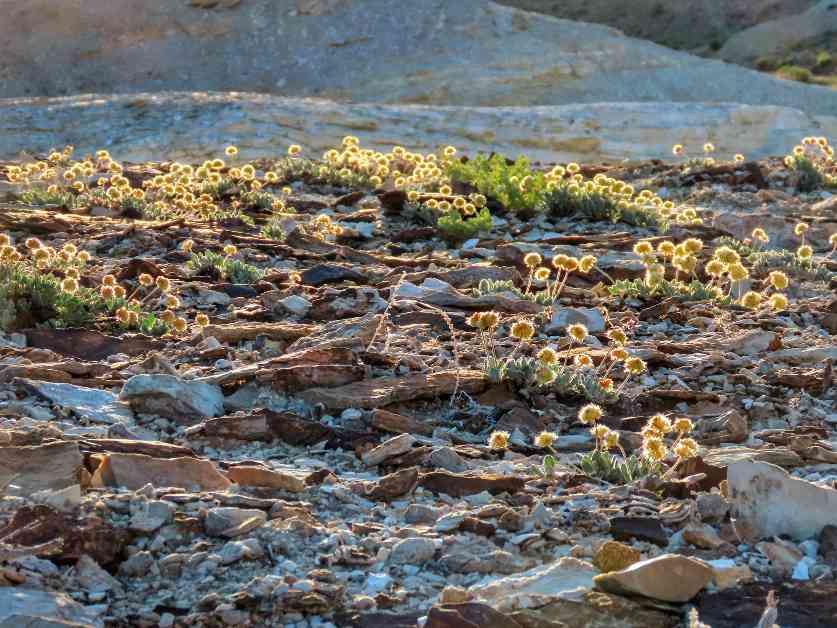Nevada Lithium Mine Balances Conservation and Energy Needs
In a recent development, U.S. land managers have completed a final environmental review of a proposed lithium mine in Nevada. This project is crucial for supplying minerals essential to electric vehicles and clean energy initiatives while also safeguarding an endangered wildflower, the Tiehm’s buckwheat.
Bureau of Land Management Director Tracy Stone-Manning emphasized the importance of balancing conservation efforts with the nation’s need for critical minerals. She highlighted the collaborative work of experts from multiple agencies to ensure the protection of species while meeting the country’s mineral demands.
The agency’s final environmental impact statement is now open for a 30-day comment period. However, environmentalists are expected to challenge the review, arguing that it could lead to the extinction of the Tiehm’s buckwheat, which only exists in a specific area near the California border, halfway between Reno and Las Vegas.
Australian Mining Company Navigates Environmental Concerns
The Australian mining company behind the Rhyolite Ridge mine project sees the completion of the environmental review as a significant milestone in its six-year effort. The mine is anticipated to commence production as early as 2028, providing a key element for battery manufacturing in electric vehicles.
Bernard Rowe, managing director of Ioneer Ltd., expressed the project’s importance in advancing the United States towards a more secure and sustainable source of critical minerals. The mine’s operations could potentially supply lithium for nearly 370,000 electric vehicles annually, meeting the growing global demand for lithium by 2030.
However, opponents of the project view it as a disregard for native wildlife, rare species, and sacred tribal lands. They criticize the Biden administration for prioritizing climate change mitigation over environmental protection, particularly concerning the endangered Tiehm’s buckwheat.
Controversy Surrounding Conservation Efforts
The Fish and Wildlife Service recently listed the Tiehm’s buckwheat as an endangered species, citing mining activities as the primary threat to its survival. Despite assurances from the administration that the flower will be safeguarded, conservationists remain skeptical of the project’s impact on the plant’s habitat.
The Center for Biological Diversity has been actively opposing the Rhyolite Ridge mine, vowing to take necessary measures to prevent its construction. Patrick Donnelly, the center’s Great Basin director, criticized the mining plan for inadequately addressing the preservation of the Tiehm’s buckwheat and its critical habitat.
While Ioneer claims to have adjusted its blueprint to minimize habitat destruction, conservationists argue that their propagation plan to grow and transplant flowers nearby is insufficient. The controversy surrounding the project highlights the challenges of balancing energy needs with environmental conservation.
As Nevada becomes a key player in lithium production, with the only existing lithium mine in the U.S. and another under construction near the Oregon border, the state faces increasing scrutiny over its conservation efforts. The Thacker Pass lithium mine at the Oregon line has also faced legal challenges, raising concerns about the impact of mining activities on sacred tribal lands and biodiversity.
In conclusion, the debate over the Rhyolite Ridge mine underscores the complex interplay between energy development and environmental conservation. As the demand for critical minerals rises in the transition to a clean energy future, finding a balance between resource extraction and species protection remains a pressing challenge for policymakers and stakeholders alike.

